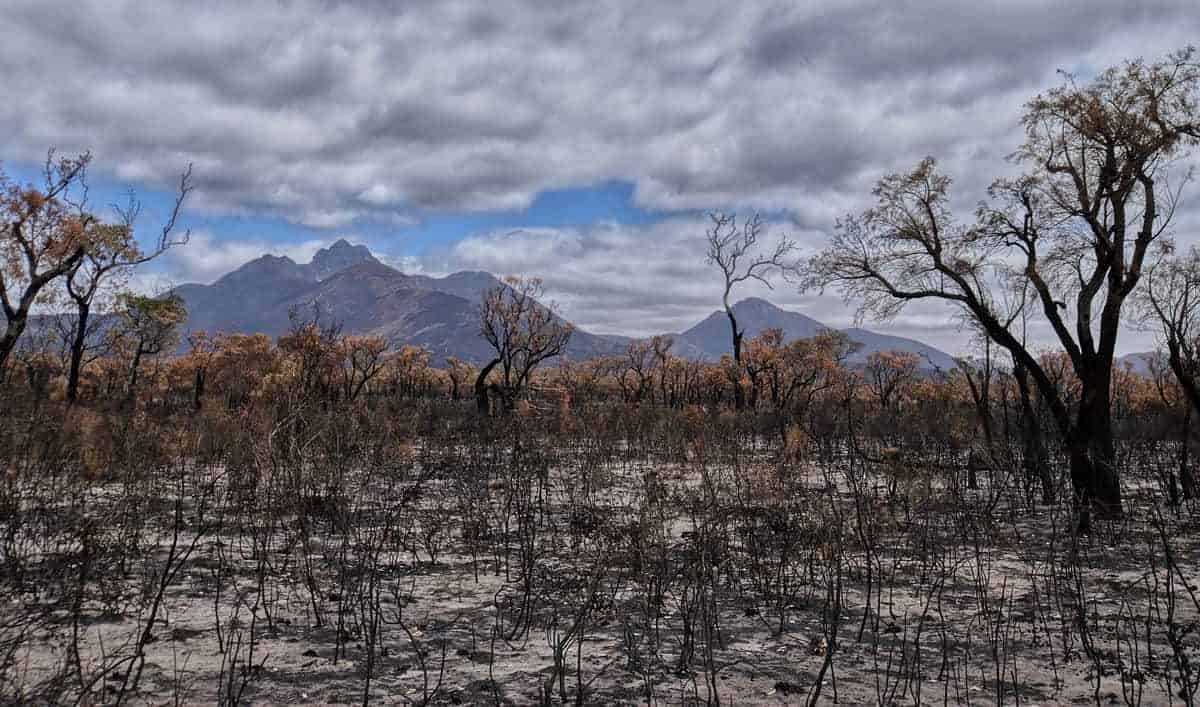According to recent studies the fire season in many parts of Australia is up to four months longer than what it has been in the past.
The Bureau of Meteorology has released a report that indicates the fire season is now several months longer, particularly in eastern Australia, compared to the 1950s.
Speaking at the Royal Commission into National Natural Disaster Arrangements on Monday, the head of the Bureau of Meteorology, Karl Braganza explained the shift. He said the season starts three months earlier in Eastern Victoria and the South Coast of New South Wales. Coupled to this, the number of days with the highest recorded temperatures has increased dramatically.
“Now we have these spike days that are more extreme,” he said in the Sydney Morning Herald.
“Really since the Canberra 2003 fires every jurisdiction in Australia has seen this.
“[We] have seen some really significant fire events that have challenged what we do to respond to them, and have really challenged what we thought fire weather looked like preceding this period,” he said.
Climate change is the culprit
One bit of good news from the commission is the expected increase in rainfall for this year.
“At this point what we would be saying is your chances of getting the sort of season that you saw in 2018, 2019 and 2019-2020 are reduced,” he said.
The Commonwealth Scientific and Industrial Research Organisation’s Senior Principal Research Scientist, Helen Cleugh, cautioned that, overall droughts are expected to become more prevalent and the sea levels will rise.
“For the next few decades, the rates of sea-level rise, both globally and here in Australia are partially locked in by our past emissions but, as we look further into the later century and to centuries beyond that, beyond 2100, those sea levels projections critically depend on the greenhouse gas emissions from now onwards,” Dr Cleugh said.
“These dangerous weather conditions for bushfires are likely to occur at least in part due to increasing greenhouse gas emissions,” Dr Cleugh said in 9News Australia.
“The risk of fire danger is both due to the long-term drying and warming, which is conditioning the landscape, but also the extreme fire weather that is observed partly due to climate change.”












